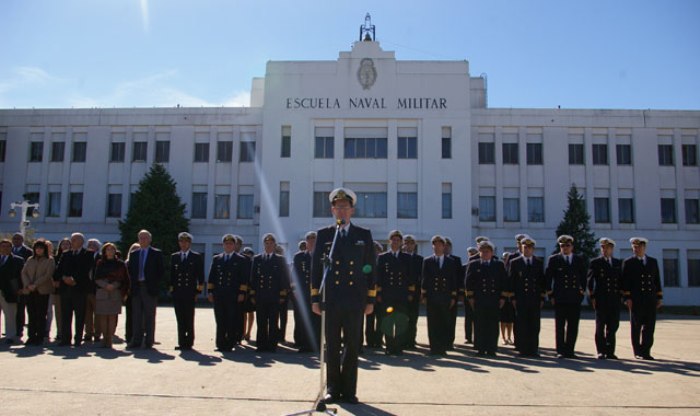
Navy fought six great battles with the Imperial Japanese Navy (IJN): the Attack on Pearl Harbor, Battle of the Coral Sea, the Battle of Midway, the Battle of the Philippine Sea, the Battle of Leyte Gulf, and the Battle of Okinawa.

It achieved notable acclaim in the Pacific Theater, where it was instrumental to the Americans' successful " island hopping" campaign. Navy grew tremendously as the United States was faced with a two-front war on the seas. King, the head of the Navy, to place a primary emphasis on the small number of aircraft carriers.

The loss of the battleships at Pearl Harbor forced Admiral Ernest J. The United States Navy (like the IJN) had followed Alfred Thayer Mahan's emphasis on concentrated groups of battleships as the main offensive naval weapons. Naval doctrine had to be changed quickly. These became the mainstay of the rebuilt fleet. aircraft carriers, which were at sea at the time of the attack. The December 1941 surprise attack on Pearl Harbor did knock out the battle fleet, but it did not affect the three U.S. The Imperial Japanese Navy (IJN) sought naval superiority in the Pacific by sinking the main American battle fleet at Pearl Harbor, which was tactically centered around its battleships. The US Navy was able to add to its fleets during the early years of the war while the US was still neutral, increasing production of vessels both large and small, deploying a navy of nearly 350 major combatant ships by December 1941 and having an equal number under construction.

Battleship production restarted in 1937, commencing with the USS North Carolina. Navy grew slowly in the years prior to World War II, due in part to international limitations on naval construction in the 1920s. It also assisted the British Royal Navy in the naval war against Nazi Germany and Fascist Italy. The United States Navy grew rapidly during its involvement in World War II from 1941–45, and played a central role in the Pacific War against Imperial Japan. Main articles: Naval history of World War II, Military history of the United States during World War II, History of United States Naval Operations in World War II (series), and Pacific War The surrender of Japan to Allied forces on the USS Missouri on September 2, 1945


 0 kommentar(er)
0 kommentar(er)
